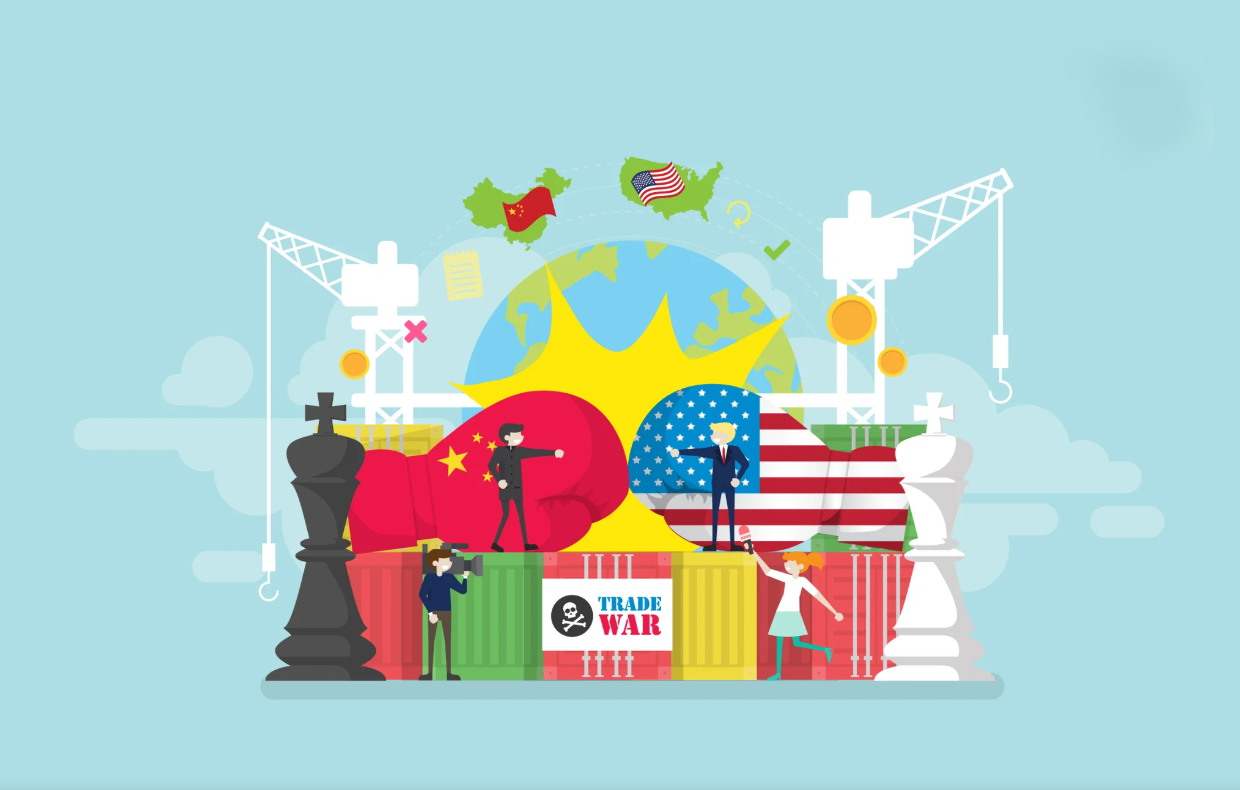In a plot twist straight out of a high-stakes political thriller, former US President Donald Trump has once again reignited the flames of a geopolitical trade saga with China — and this time, the numbers are as jaw-dropping as the rhetoric.

Onboard Air Force One, Trump nonchalantly declared that Washington was “meeting with many countries, including China” on trade but had no immediate plans to speak with President Xi Jinping. Instead, he left US officials to hash out what he labelled a “fair trade deal” while firing off verbal salvos about China “ripping us off for years.” Classic Trump theatrics? Yes, but beneath the bluster lies a data-laden tug-of-war reshaping the global aluminium and manufacturing trade.
245 per cent tariff? Not quite what it seems…
Let’s get one thing clear. Trump announced a 245 per cent tariff (April 2025) on Chinese imports, which isn’t a singular levy but a cocktail of cumulative duties, each stacked atop the other like financial ‘Jenga’.
For certain products, like Chinese-made syringes, importers are contending with a series of existing anti-dumping duties, countervailing duties, and Section 301 tariffs, all piling up to an effective rate of 245 per cent. It’s a punitive patchwork rather than a precise policy.
Such a steep rate isn’t just symbolic. It signals the kind of aggressive protectionism that sends tremors across global supply chains, especially in sectors like aluminium, where China commands over 56 per cent of the world’s output. The US, by contrast, has seen its domestic production stagnate even as demand for aluminium in aerospace, construction, and electric vehicles continues to climb. The tariff wall is Washington’s answer to a widening deficit — but it’s a solution that stirs more questions than answers.
China plays with calculated calm
While Trump flexed his nationalist fervour, Beijing’s response was more restrained and telling. The Chinese Commerce Ministry announced it was “evaluating” Washington’s offer to resume trade talks. That’s diplo-speak for, “We’ll talk, but we’re not begging.”
Make no mistake! China isn’t just playing nice. It’s strategically signalling to global markets that it remains open to negotiation while also buying time to shore up its domestic economy, which is facing slowdowns in industrial output and exports. Aluminium prices on the Shanghai Futures Exchange have already been swaying under the weight of uncertainty, and any hint of resumed dialogue is likely aimed at calming jittery investors.
Who’s caught in the crossfire?
Nowhere is this trade war more keenly felt than in the aluminium corridors of power. From extruders in the Midwest to smelters in Yunnan, businesses are grappling with erratic pricing, unpredictable duties, and policy paralysis.
According to the Council on Foreign Relations, US imports of Chinese aluminium products had been declining even before the 245 per cent duties were floated, thanks to earlier rounds of anti-dumping actions and tariffs under the Trump administration’s Section 232 initiative. But with these fresh layers of levies, even value-added aluminium goods (think extrusions, doors, and window frames) are now facing colossal cost hikes, squeezing margins and reshaping procurement patterns.
A ScienceDirect study on tariff pass-through mechanisms confirms what many feared: the cost burden largely falls on downstream American businesses and, ultimately, the end consumer. This throws a wrench into Trump’s oft-repeated claim of “making China pay.”
Nixon’s ghost and a trade war’s future
In a particularly revisionist moment, Trump declared Nixon’s 1972 overture to China as “the worst thing he ever did,” doubling down on a confrontational doctrine that views trade as zero-sum. This may play well on the campaign trail, but it risks undermining decades of interdependence that have defined US-China economic relations.
As detailed in a recent SAGE Open article, decoupling from China, specifically in manufacturing-heavy sectors like aluminium, isn’t just difficult. It’s economically destabilising. US producers still rely on Chinese inputs, and American consumers depend on the affordability of Chinese-made goods. The tariffs, then, are less a surgical strike and more a shotgun blast — with uncertain collateral damage.
As markets await clarity, aluminium producers globally should brace for volatility. If talks resume, we might see a tactical de-escalation. But if Trump’s narrative gains traction in an election year, expect policy to mirror politics — unpredictable, populist, and punitive.
For now, aluminium remains entangled in a geopolitical gridlock. While the headlines may focus on Trump’s 245 per cent figure, the real story lies in the subtle recalibrations of global trade architecture — one tariff at a time.



